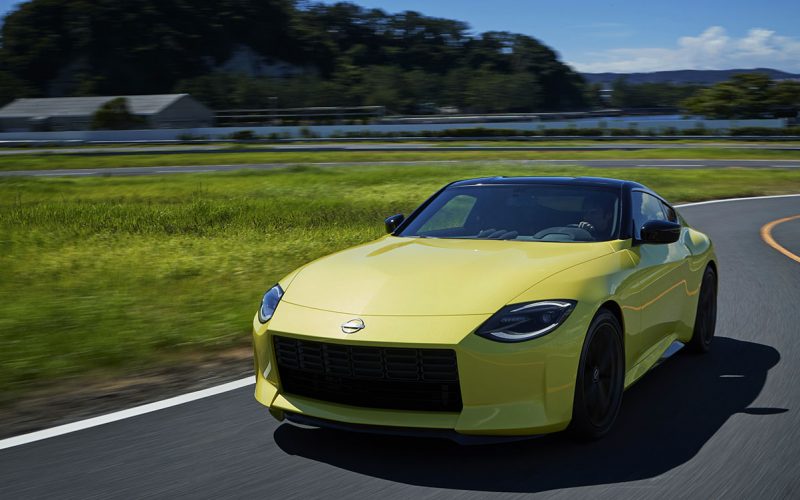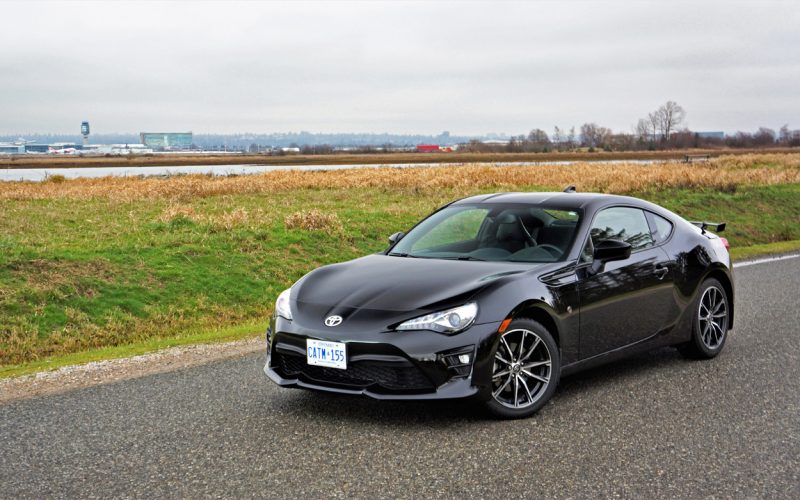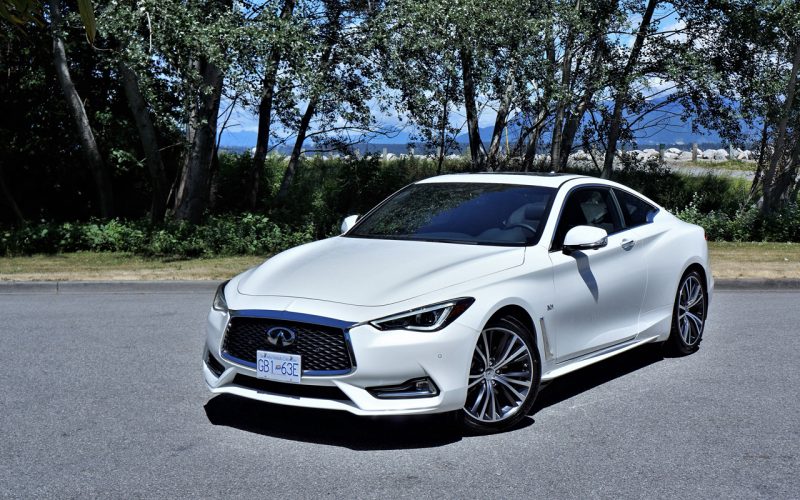
Reading Time: 8 minutesWhen an automaker creates a sports car as immediately classic as the now legendary 240Z, it’s

Reading Time: 11 minutesHold on. Subaru’s BRZ now outsells the Scion FR-S… er… the Toyota 86 by 2.5-to-one? What’s

Reading Time: 14 minutesTwilight was causing headlamps and taillights to illuminate as I was driving home the other day,
© 2025 The Car Magazine. All Rights Reserved, Privacy Policy | Terms of Use